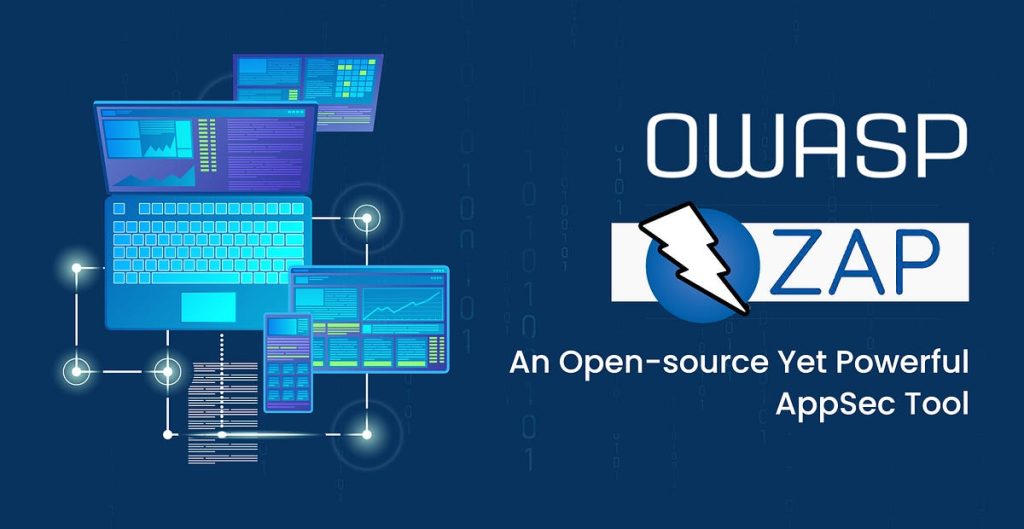OWASP ZAP (Zed Attack Proxy) is a robust open-source web application security scanning tool that helps identify and mitigate vulnerabilities. Its user-friendly interface and extensive feature set make it a popular choice for both security professionals and developers.
Key Features of OWASP ZAP:
- Active Scanning: Actively probes the application with various attack vectors to identify vulnerabilities like SQL injection, cross-site scripting (XSS), and more.
- Passive Scanning: Monitors network traffic to identify potential issues without actively interacting with the application.
- Spidering: Automatically discovers and maps the application’s structure, including URLs, forms, and parameters.
- Proxy Intercepting: Intercepts and modifies HTTP requests and responses to facilitate manual testing and debugging.
- Fuzzer: Launches targeted attacks to identify vulnerabilities in specific areas of the application.
- API Scanning: Scans web APIs for security flaws.
- Authentication Support: Handles various authentication mechanisms to test protected areas of the application.
- Scripting: Allows users to write custom scripts to automate tasks and extend ZAP’s capabilities.
- Add-ons: Offers a wide range of add-ons to enhance functionality, such as vulnerability scanners, reporting tools, and more.
Why OWASP ZAP is a Great Tool:
- Open-Source: It’s free to use and distribute, making it accessible to a wide range of users.
- User-Friendly: The intuitive interface makes it easy to learn and use, even for those without extensive security knowledge.
- Community-Driven: A large and active community provides support, documentation, and regular updates.
- Extensible: The add-on system allows users to customize ZAP to fit their specific needs.
- Comprehensive: It covers a wide range of web application security vulnerabilities.
Comparison to Other Tools:
While OWASP ZAP is a powerful tool, it’s essential to consider other options based on specific needs and preferences. Here’s a brief comparison:
| Tool | Strengths | Weaknesses |
| OWASP ZAP | Open-source, user-friendly, extensive feature set | Can be less efficient for large-scale scans |
| Burp Suite | Powerful and flexible, advanced features for manual testing | Commercial, steeper learning curve |
| Acunetix | Comprehensive scanning capabilities, automated vulnerability management | Can be resource-intensive |
| Netsparker | Accurate vulnerability scanning, easy-to-understand reports | Commercial, limited customization options |
The best tool for you will depend on factors such as your budget, technical expertise, and the specific security requirements of your web applications. By understanding the strengths and weaknesses of different tools, you can make an informed decision.

